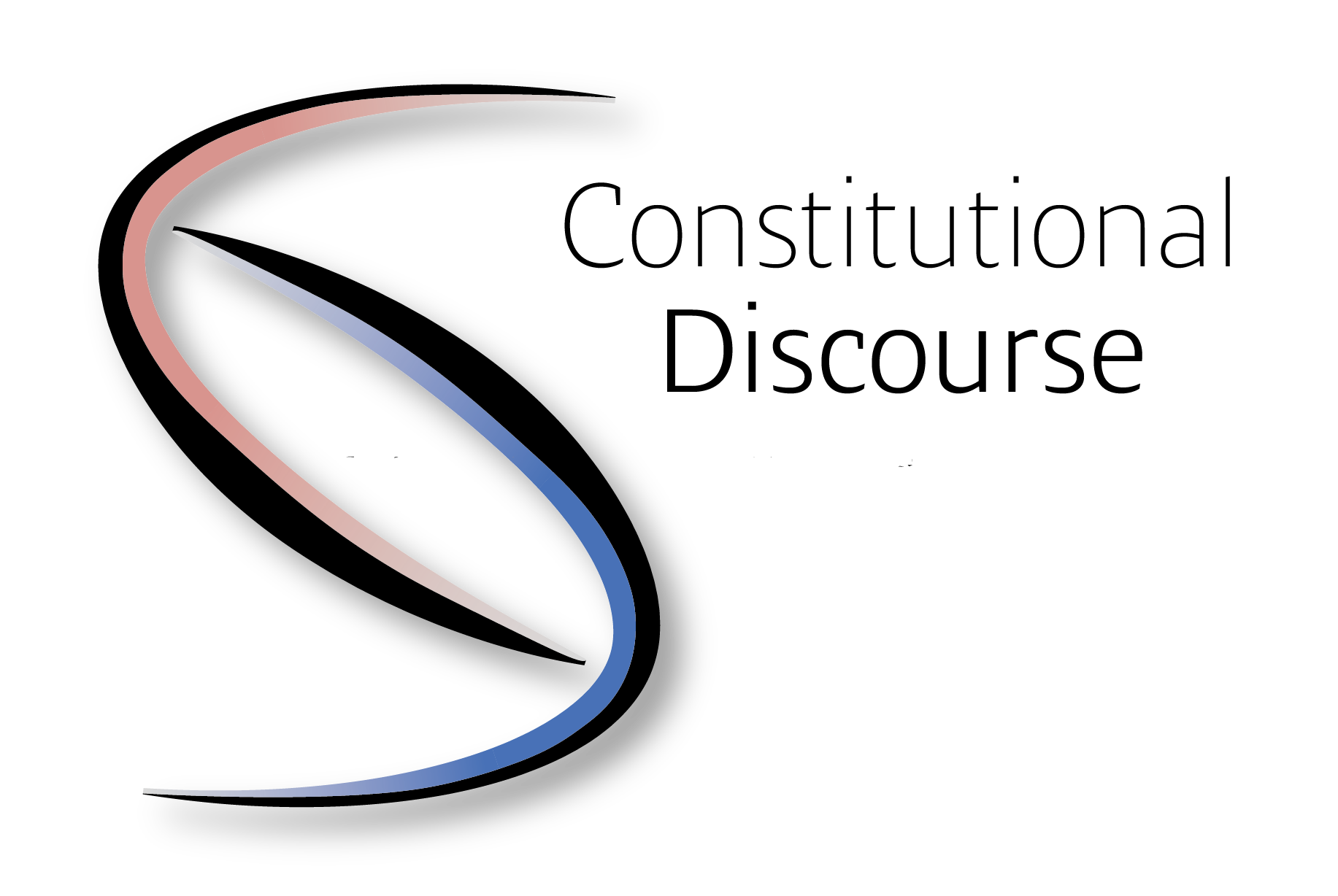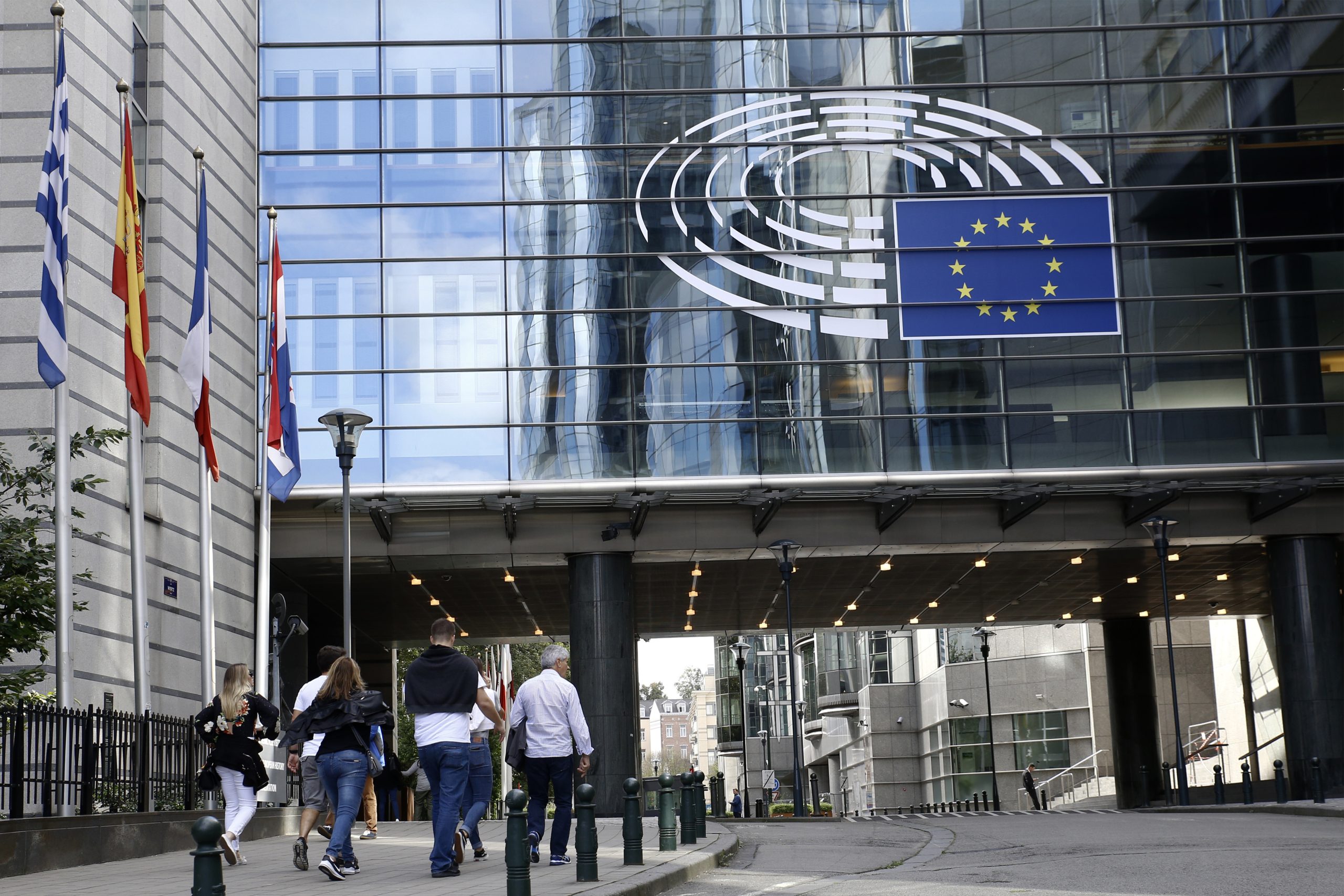Aida BEKTASHEVA: Is It Possible the EAEU Co-existing with the EU in One Spot?!
Over the last decades, the interest of practitioners and academics alike has substantially increased in regional integration. Unions for regional integration are faced with quite a lot of choices, for example, which form of integration they should select, whether or not they should enter various relationships, and so on. This post is intended to serve as an analytical review of how the Eurasian Economic Union (EAEU) has challenges, differences, barriers in dealing with the European Union since they are in the same geopolitical area. The purpose of this article is to provide a brief analysis and show different policy options for further pathways of cooperation between the two Unions.
1. The Eurasian Economic Union: What is it, and what it wants?
The Eurasian Economic Union (EAEU) is an existing regional integration in Eurasia that officially appeared by the establishment of a customs union in 2010. Later, the Treaty on the Eurasian Economic Union (EAEU Treaty) establishing the current form of cooperation, entered into force on 1 January 2015 between Russia, Belarus, Kazakhstan, Kyrgyzstan, and Armenia. Similarly to the European Union, the EAEU is a big market that provides ‘free movement of goods, services, capital, and labor’ and pursues coordinated, harmonized and single policy in the sectors determined by the Treaty and international agreements within the Union’.
The EAEU is the ‘youngest’ Union (from 2015) in the Eurasian space with a population of approx. 180 million people, a GDP of more than 5 trillion dollars in 2019 (according to the World Bank data of 2019). Furthermore, according to the 1 article of the EAEU Treaty, the EAEU is an international organization of regional economic integration and has international legal personality. Moreover, according to the 4 article of the EAEU Treaty the main objectives are:
1. Create proper conditions for sustainable economic development of the member States in order to improve the living standards of their population;
2. Seek the creation of a common market for goods, services, capital and labour within the Union;
3. Ensure comprehensive modernization, cooperation and competitiveness of national economies within the global economy.
The EAEU institutions have supranational and intergovernmental levels similarly to the EU, such as:
– The Eurasian Economic Commission (EEC) is a supranational executive of the EAEU analogous to the European Commission. The EEC’s main executive body is the Board with around 140 competencies.
– The Council of the Commission resembles the Council of the EU, but it is not a separate institution like in the EU.
– The Eurasian Intergovernmental Council / Supreme Eurasian Economic Council Commission decisions can be referred by the Council of the Commission or a member state to the Intergovernmental Council. The Supreme Council resembles the EU’s European Council.
– The Court of the Eurasian Economic Union is analogous to the European Court of Justice. It is a judicial body to resolve disputes related to the implementation of international treaties and enforcement of the decisions of its the EAEU’s bodies.
– The Eurasian Development Bank is a financial institution founded in 2006 to promote economic growth, trade, economic ties, and investment, but it is not an independent agency as in the EU, European Central Bank (ECB).
– About the EAEU’s Parliament. Mostly, President of Russia in 2013 expressed his opinion to establish Eurasian parliament like the European Parliament. But this issue is still under discussion and requires the careful willingness and political will of all members.
According to the Eurasian Development Bank’s annual Integration Barometer, the public opinion remains supportive of the EAEU in all five member states and in Tajikistan, too. Uzbekistan is also engaged in active bilateral cooperation with the EAEU and Uzbekistan with the Republic of Cuba has an Observer State status at the EAEU. Moreover, the EAEU has expanded its cooperation by signing trade agreements with other countries around, such as Vietnam, Iran, Serbia, and Singapore and it is in negotiation with Egypt, Israel, and India to establish free trade zones. Also, it is very cautious about establishing a free trade zone with China, its largest trading partner.
The most dominant member state of the EAEU is definitely Russia, in all dimensions (population, territory, economic power, etc.). In my opinion, Russia intends to use the EAEU for its political, security, and strategic interests to be a leader in the “Eurasian space At the same time, Russia promises concessions and benefits to potential members for joining the EAEU, even to make it easier with the existing legal and economic rules and procedures provided by the Treaty. In this regard, for example, in 2012, US Secretary of State, Hillary Clinton had a dissenting opinion and she described Eurasia as “a move to re-Sovietize the region.”
2. The EAEU’s regional challenges
After the establishment of the EAEU, its role, function and reputation arose as a question not only for practitioners, but also for academics. Moreover, the different social and economic developments in the member states are creating severe obstacles when it comes to the implementation of the EAEU’s goals. For now, it has urgent challenges such as a lack of power balance mostly in politics and economics among its Member States. Moreover, the Russian influence is tangible in all areas for example in decision-making. Member states are concerned that Russia may receive more benefits. Also, no member state is ready to accept the Ruble as a common currency and the EAEU will improve the competitive advantages of the country by raising requirements for the quality of products, expanding the overall market. Moreover, some trade conflict is implied among the EAEU member states, particularly among the original three, such as Belarus, Kazakhstan, and Russia. Beside this, the EAEU also faces problems with the Customs Union’s two new member states such as Kyrgyzstan and Armenia. Firstly, Kyrgyzstan has trouble with getting its products past veterinary and other controls on the country’s border with Kazakhstan in EAEU. Secondly, meanwhile, trade with Armenia is complicated by its refusal to introduce customs checks on its border with the disputed territory of Nagorno-Karabakh, which is under Yerevan’s de facto control but legally part of Azerbaijan and therefore outside the Customs Union. This conflict will probably get worse and escalate in the future with the deteriorating economic situations. Armenia and Kyrgyzstan are economically weak and not in positions to oppose Russia rather than focus on political, security, and strategic interests and obtain oil and gas from Russia at subsidized prices. In addition, Russia imposes internal trade barriers and restrictions for existing member states to export goods and curtails the free movement of labour, capital, and investments, particularly from Central Asian member states. All these issues of incongruence would be most prevalent as the Member States move towards a stronger integration and a deeper political union.
Besides the internal imbalance situation, there are external crises that impact the EAEU from the outside. In fact, the on-going Ukraine crisis, as well as the general volatility of the global economy, has already revealed tensions between EAEU Member States as well as an inability or unwillingness to coordinate policy. Also some of Post-Soviet countries such as Georgia, Moldova, and Ukraine have signed association agreements with the EU despite the desire of the EAEU to expand its integration ambitions to these countries, too.
After reviewing academic papers and as a citizen of Kyrgyzstan and as a lawyer who also studied European law, in my opinion, it seems that in Europe, Union’s structures are characterized by an in-depth integration process, while in the post-Soviet region, there are many overlapping agreements with more limited aims and resource. Due to the peculiarity of the Asian regional arrangements is their diversity, informal structure, and more flexible membership. In conclusion to emphasize that the EAEU’s need is as deep, inclusion integrative processes led by the dynamic economies of the world whether in Asia or in Europe.
3. The circumstances that determine the EAEU’s relationship with the EU
The relationship of the EAEU and the EU is determined by several actors. Firstly, there are different approaches to the situations inside the Eurasian region, such as Abkhazia, South Ossetia, Ukraine, and outside the region like Syria[1]. This mutual deterrence and challenges require special attention to arrange strategic communications with the EU. Secondly, the fragmented political dialogue may multiplicate mutual risks and threats, military and political ones inter alia, and thus strengthen confrontational trends[2]. In my point of view, the future of the EAEU mostly depends on the Russian leadership and how Russia can revitalize the Union with radical changes of its policies, perceptions, and visions towards Ukraine on the West. It needs more positive approaches to resolving the Ukraine’s conflict with the implementation of the Minsk Agreement. (‘Minsk-2’).
From the EAEU’s viewpoint, the potential opportunities and cooperation between the two Unions are not merely interested in a free-trade agreement but also in an in-depth and comprehensive agreement with the EU, and in creating the concept of a ‘Greater Europe’. In 2002, the European Commission President Romano Prodi suggested that the EU and Russia should create a Common European Economic Space. President of Russia Vladimir Putin referred to the idea of ‘Greater Europe’ in his speech at the EU-Russia summit in 2005 by creating a free trade area from Lisbon to Vladivostok, the concept of ‘Greater Europe’. Later in October 2015, the Eurasian Economic Commission submitted a proposal to the European Commission to establish official contacts and start a dialogue on a common economic space. However, the Ukrainian crisis caused a political conflict between Russia and the European Union. Clearly, a community or partnership for development, cooperation and security in Greater Eurasia is a joint project of all states wishing to participate in it. Its contours will be adjusted by real life and the search for ways to deal with old and new challenges and could discuss such issues as: simplification of customs and visa procedures, removal of non-tariff barriers, gradual opening of financial markets, convergence of technical regulations and other standards, development of infrastructure projects. This proves an ambitious attitude towards economic cooperation among the two Unions, even if the free trade area is not existing yet.
The idea of ‘Greater Europe’ is losing its relevance due to the realization of the ‘Belt and Road’ Initiative (BRI) proposed by China’s President XI Jinping in 2013. The concept of the ‘Belt and Road’ Initiative consists of two major logistic and economic projects: the Silk Road Economic Belt and the Maritime Silk Road of the 21st century which are based on the transport and logistics network, including railways and highways, air and sea routes, oil and gas pipelines, and communication lines. This project may seriously change the geopolitical situation in Eurasia and two Unions might also combine their strategic capabilities with China in a new, broader geopolitical framework, within the ‘from Lisbon to Shanghai’, concept ‘Greater Eurasia’. In the geo-economic sense, all the three parties concerned need a common economic space from Lisbon to Shanghai, concept ‘Greater Eurasia’, primarily as the alliance of the European capital and technology with the Eurasian resources and China’s cheap human capital and goods. But for now the initiative of China was perceived by the Eurasian Economic Union and the European Union differently. However, in the relations of the European Union and China, there are also issues, challenges that should be resolved such as lack of an investment agreement between the EU and China, non-recognition of China’s market economy status in the WTO, human rights issues in the China-Europe relations, etc. For now the initiative of China was perceived by the Eurasian Economic Union and the European Union differently.
In conclusion, I emphasize that initially, cooperation between the EU and post-Soviet countries was built based on bilateral partnership and cooperation agreements (PCAs) negotiated during the 1990s. Now ideally, the EU and the EAEU could harmonise their multi-faced interests in the region to strengthen their relations with the regional powers. Due to their different historical backgrounds and political, economic positions, the EAEU and the EU still have different thinking and integration approaches. However, the positive prospects rest on shaping a strategic vision for the Common Eurasian Space, where practical cooperation should be enhanced.
4. Concluding remarks
Mostly, the EAEU member states want to focus more on economic, trade-related, and investment-centered issues, without any political or ideological pressures. There are many gaps in common legislation, differences in national circumstances that create numerous barriers in commercial relations. By several exemptions and restrictions to free trade, the Eurasian integration has a common name but has not got a common mechanism yet. Moreover, in my opinion, Russia sees the EAEU as a mechanism for reinforcing its influence in the region. Also, the Ukrainian crisis had significant implications for Eurasian regionalism and became a reason for EU concern. The EAEU put forward the concept of ‘integration of integrations’ through the concept of ‘Greater Eurasia’ being replaced with ‘Greater Europe’ (consisting of the EU, the EAEU, and China).
Finally, my conclusion is that, on the one hand, the EAEU faces internal as well as external crises nowadays. On the other hand, it is commendable that the EAEU reached our freedoms: goods, services, persons, and capital as a market regulator. However, despite these successes, the relations between its member states have been aggravated to an extent with assessments on Eurasian integration and reflections on further prospects for its development and how to cooperate with the EU in a mutually beneficial and friendly way. The integration of the two Unions has a broad range of aims and addresses various challenges, positive approaches.
[1] POTEMKINA Olga (2018), European Union – Eurasian Economic Union: Potential for cooperation, The EU and Russia: the way out or the way down? / Institute of Europe, Russian Academy of Sciences; Egmont – The Royal Institute for International Relations. [2] DANILOV Dmitry (2018), The EU and Russia: Making up for security cooperation shortfall, The EU and Russia: the way out or the way down?/ Institute of Europe, Russian Academy of Sciences; Egmont – The Royal Institute for International Relations. Ed. by Olga Potemkina
Aida BEKTASHEVA is a first-year doctoral student at the Department of European and Private International Law, Faculty of Law, University of Miskolc. She fulfilled her legal studies in Kyrgyzstan at University of Osh state law institute, then she graduated from European and International Business Law, LLM at University of Miskolc.








